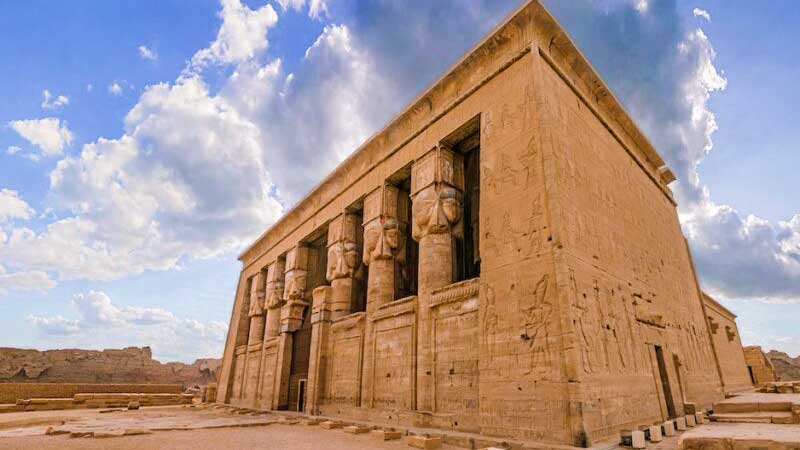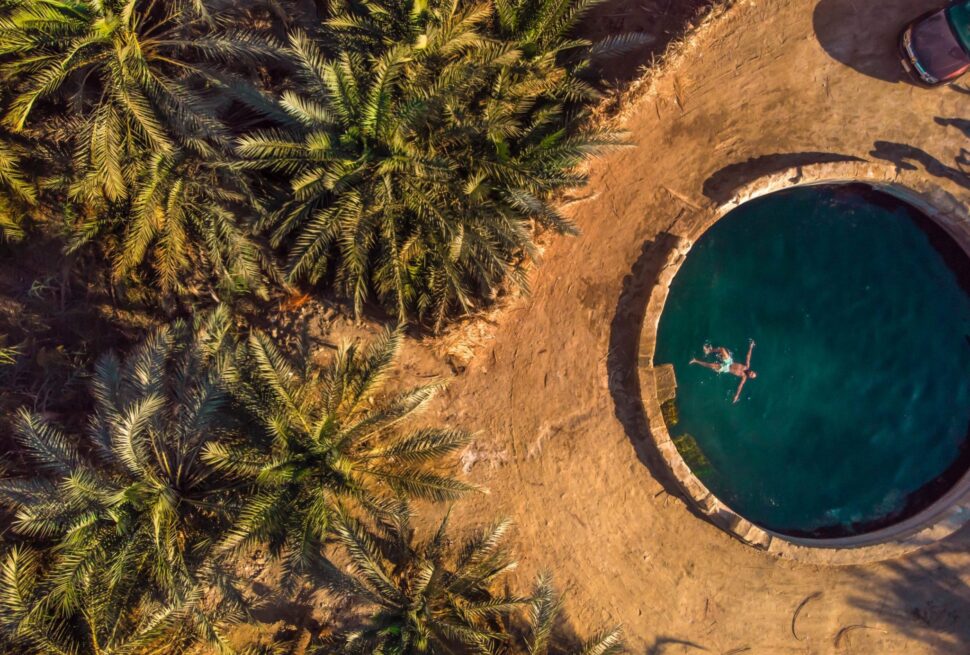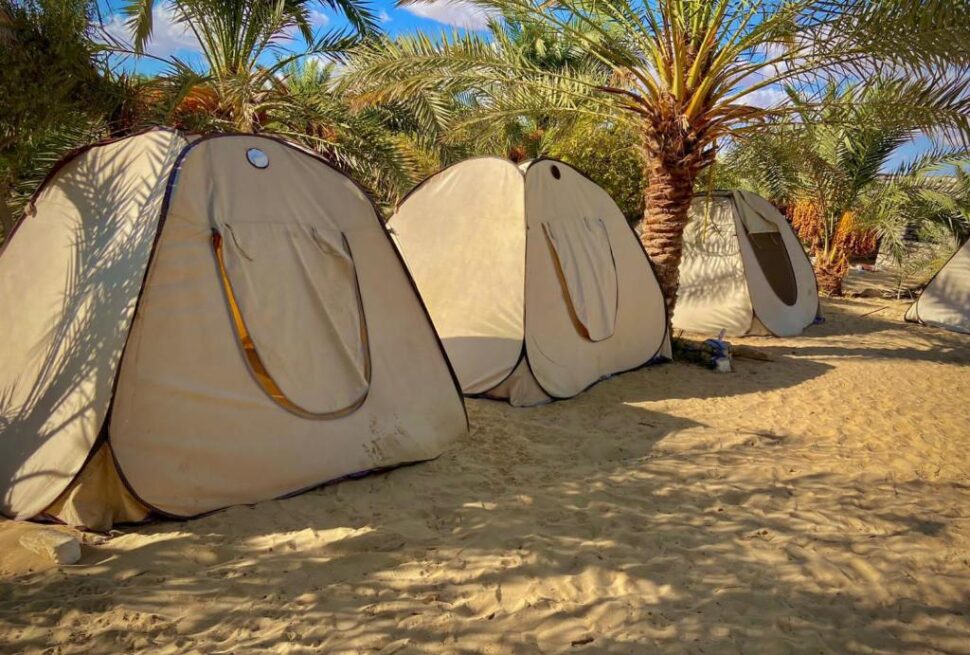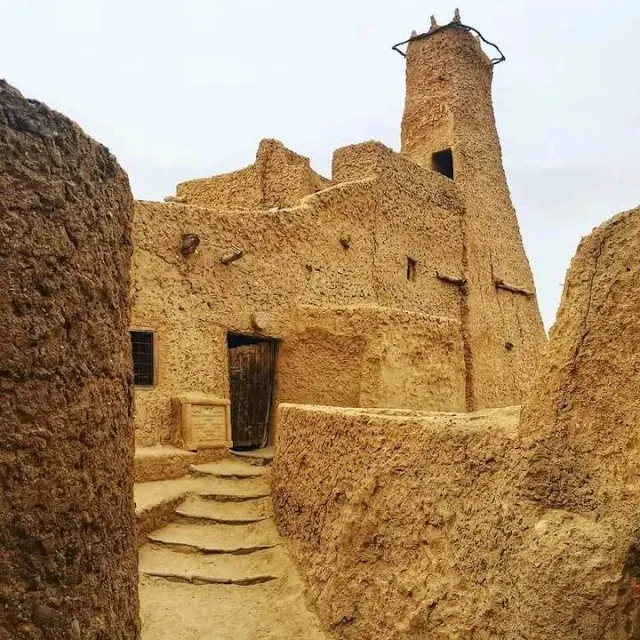
Introduction
Overview of Matrouh
Welcome to Matrouh, a captivating gem on Egypt’s Mediterranean coast! Known for its stunning beaches and crystal-clear waters, Matrouh also boasts a rich tapestry of history and ancient ruins. During my visit, I was immediately struck by the beautiful blend of nature and history. The streets are lined with local bazaars, inviting you to explore and discover the wonders of this delightful region. Key highlights of Matrouh include:
- Pristine beaches like Agiba and Cleopatra
- Ancient archaeological sites
- The welcoming local culture
Importance of Temple Trekking
Temple trekking in Matrouh isn’t just a stroll through ancient ruins; it’s a journey that connects you with the past. As I wandered through the temples, I could almost hear the whispers of history steeping the air. This trek allows you to:
- Discover Ancient Civilizations: Each temple tells a story of the bygone eras.
- Cultivate a Deeper Appreciation: Understanding the significance of the architecture enhances your overall experience.
- Reconnect with Nature: The trails often wind through beautiful landscapes, making the trek enjoyable for enthusiasts of all kinds.
So, strap on your hiking boots, and let’s delve into the wonders that await in Matrouh!
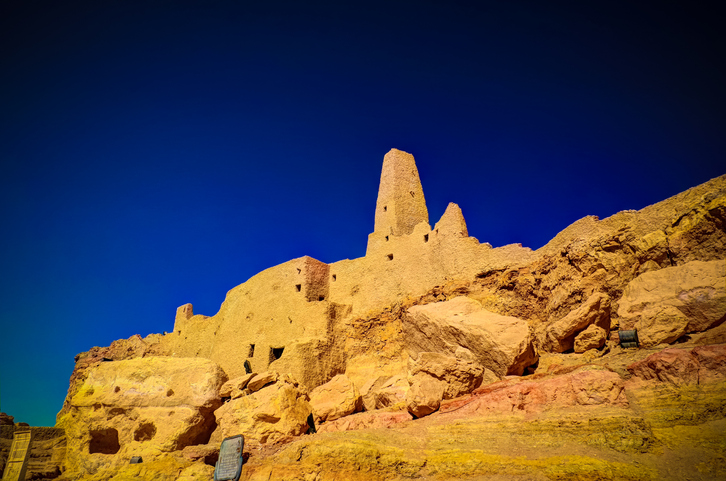
History of Matrouh
Ancient Civilizations in Matrouh
Matrouh isn’t just about breathtaking beaches; it’s a cradle of ancient civilizations! When I explored the area, I was amazed to learn about the various cultures that thrived here, including the Egyptians, Romans, and Greeks. Each left an indelible mark on the land, evident in the ruins and artifacts scattered throughout.Key ancient civilizations that shaped Matrouh include:
- The Ancient Egyptians: Known for their exceptional architecture and art.
- The Greeks: Who introduced new building techniques and ideas.
- The Romans: Left behind pathways and fortifications that still stand today.
Significance of Temples in Matrouh
The temples of Matrouh stand as testaments to the region’s rich history and religious fervor. As I wandered through these structures, I felt a profound sense of connection to the past. Here are some key reasons why these temples are essential:
- Cultural Heritage: Temples serve as cultural landmarks, maintaining the traditions and beliefs of ancient peoples.
- Religious Importance: They were centers for worship, honoring gods like Amun and Sekhmet.
- Architectural Marvels: The intricate designs tell stories of ancient craftsmanship, capturing the imagination of every visitor.
Visiting these temples is like stepping through a time portal, offering glimpses into the lives of those who came before us.
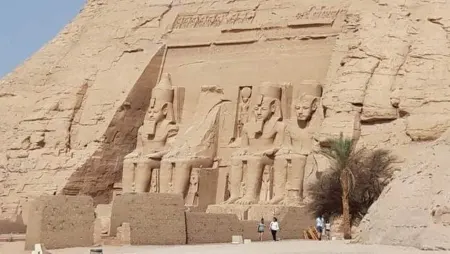
Top Temples to Visit
Temple of Alexander the Great
Visiting the Temple of Alexander the Great was a breathtaking experience that made me feel like I had stepped right into a history book! Dedicated to the legendary conqueror, this temple stands as a symbol of his impact on Egypt. As I walked through its towering columns, I couldn’t help but imagine the grand ceremonies that once took place here.Must-see features include:
- Intricate Bas-reliefs: They depict scenes from Alexander’s life and military victories.
- Beautiful Courtyards: These areas provide stunning views, perfect for a moment of reflection.
- Historical Significance: The temple serves as a key point in understanding the Greco-Roman influence in the region.
Temple of Sekhmet
Next on my adventure was the fascinating Temple of Sekhmet, dedicated to the fierce lioness goddess. This temple’s atmosphere was both powerful and serene, encapsulating the essence of ancient Egyptian spirituality. Highlights of this temple include:
- Unique Statues of Sekhmet: Guarding the entrance, these striking figures embody strength and protection.
- Spiritual Centers: These areas were used for rituals, allowing visitors to connect with the divine.
- Rich Symbolism: The inscriptions and artwork tell the story of Sekhmet and her significance in Egyptian mythology.
Each temple held its secrets and splendor, inviting me to uncover the rich history of this incredible region.
How to Prepare for Temple Trekking
Essential Gear to Bring
As I planned my temple trekking adventure, I realized that packing the right gear made all the difference! Comfort and practicality were my best friends during those explorative days.Here are essentials you should consider bringing:
- Sturdy Walking Shoes: A must for navigating rocky paths and uneven terrain.
- Water Bottle: Staying hydrated is crucial, especially in the Mediterranean sun.
- Sunscreen and Hat: Protect yourself from harsh rays while exploring.
- Camera: Capture the breathtaking beauty and intricate details of the temples.
Best Time to Visit
Timing your visit is key to a memorable experience. After all, when I decided to trek during the cooler months, I felt much more comfortable exploring.The ideal times to visit Matrouh are:
- Fall (September to November): Mild temperatures make trekking enjoyable.
- Spring (March to May): Nature is in bloom, and the weather is pleasant.
- Avoid Summer: The heat can be intense, making it less enjoyable to explore.
With the right gear and timing, you’re set for an unforgettable journey through the ancient temples of Matrouh!
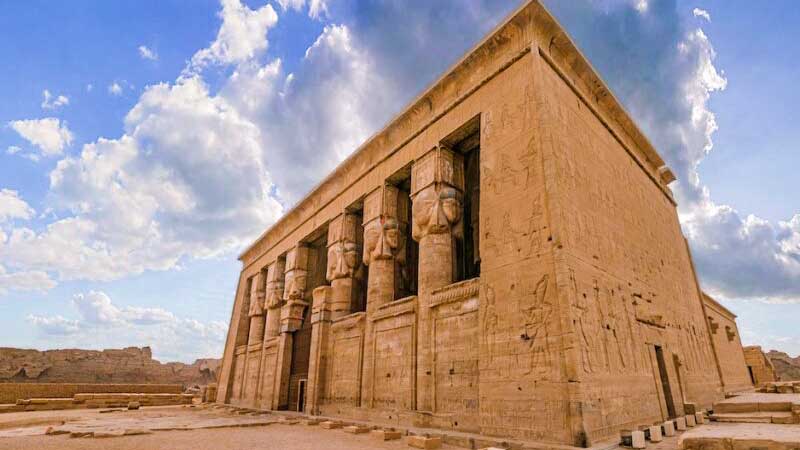
Exploring the Temple Architecture
Unique Features of Matrouh Temples
As I stepped into the ancient temples of Matrouh, I was immediately struck by their unique architectural features. Each detail seemed to tell a story, revealing the artistry and mastery of ancient builders.Some of the standout characteristics include:
- Massive Stone Blocks: These intriguing structures are both imposing and impressive.
- Intricate Carvings: Depicting gods, pharaohs, and daily life, these carvings offer glimpses into the past.
- Grand Courtyards: These expansive areas create a serene atmosphere, perfect for contemplation.
Symbolism in Temple Designs
The architecture of these temples isn’t just about aesthetics; it’s deeply symbolic. During my visits, I found myself reflecting on the meaning behind every element.Key symbolic aspects include:
- Orientation: Many temples align with celestial bodies, showcasing a connection to the divine.
- Water Features: Symbolizing purity and life, these elements invite sacredness into the space.
- Dedicated Spaces: Each area of the temple served a purpose, from rituals to offerings, emphasizing the religious significance of the site.
Exploring the intricate design and symbolism made my trek feel like a journey through time, filled with culture and spirituality.

